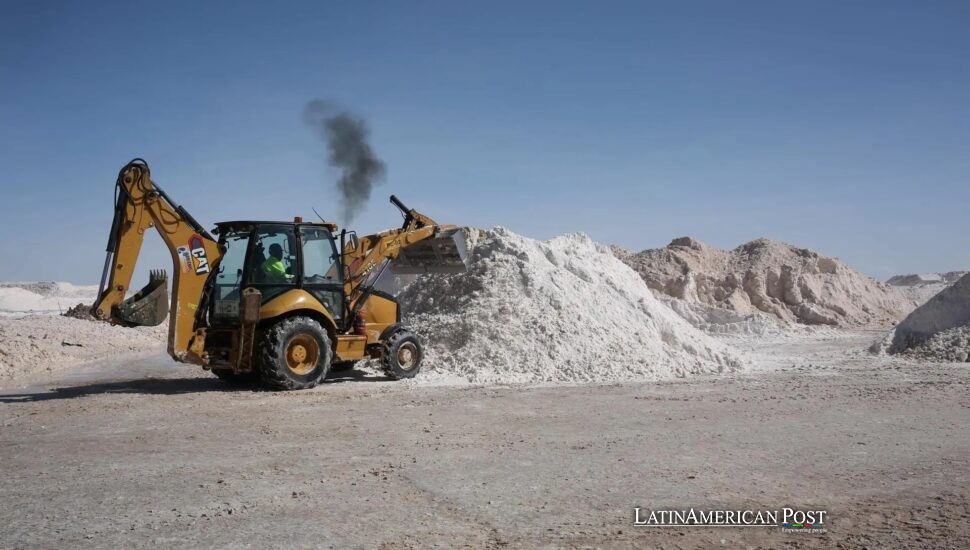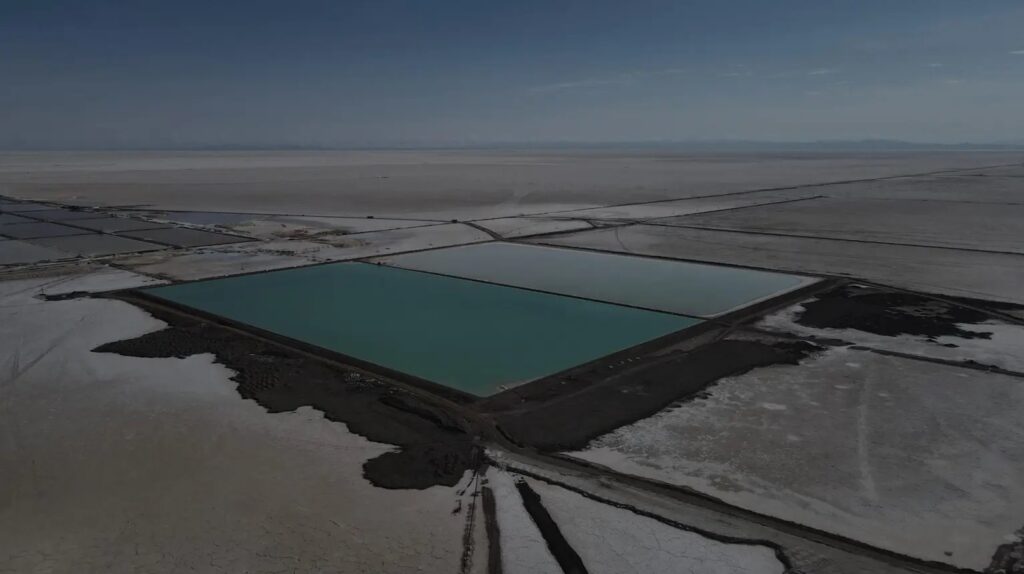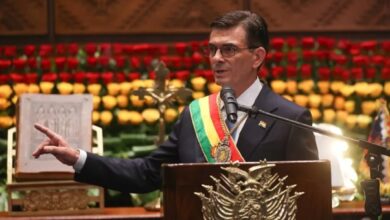Bolivia’s Lithium Gamble Tests Water, Trust, and the Future of Uyuni

Beneath the world’s largest salt flat lies enough lithium to power the energy transition. But as contracts race through Congress and wetlands crack, Bolivia faces a painful question: can it mine “white gold” without draining its aquifers and communities’ trust?
A Boom Deferred, a Desert Thirsting
On the windswept edges of the Uyuni salt flats, villagers in Río Grande remember when wetlands shimmered with birds and vicuñas. Now the ground is split and dry. Residents say the change began when the state company, Yacimientos de Litio Bolivianos (YLB), drilled wells and expanded its Llipi industrial complex. “Our communities are in a state of emergency,” local voices warn, watching aquifers shrink as contracts with Russian and Chinese firms push through Congress.
Lithium was meant to be Bolivia’s ticket to prosperity. Announced with fanfare in 2008, industrialization stumbled through political crises, delays, and accusations of graft. The first real plant only opened in 2023, producing a fraction of its promised capacity—about 2,000 tonnes in 2024 against a target of 15,000. To catch up, YLB signed multibillion-dollar contracts with foreign firms, pivoting to direct lithium extraction (DLE) technology touted as less water-intensive. Critics caution the opposite: DLE may generate more waste brine and still rely heavily on fragile groundwater.
The global stakes are undeniable. U.S. Geological Survey figures place Bolivia’s reserves at around 23 million tonnes—one fifth of the world’s total. But geology is only part of the equation. The Salar de Uyuni and surrounding puna rest on thin, ancient aquifers that replenish slowly. Even modest withdrawals risk irreversible imbalance. Researchers insist that any project should begin with rigorous consultation of Indigenous communities, as international labor conventions require. Yet on the ground, residents say decisions are being made first and explained later.
Promises, Contracts, and a Consultation Gap
In Congress, new contracts cleared an economic committee but await a full vote—now entangled in campaign season as presidential contenders Rodrigo Paz Pereira and Jorge “Tuto” Quiroga head toward a runoff. Protesters demand lawmakers freeze approvals until a new administration takes office. Their frustration cuts deeper than timing. Communities report they were never consulted, despite constitutional guarantees. YLB insists the flats fall under national jurisdiction, but locals call the sequencing backwards: environmental studies and consent should come first, not after signatures.
Courts are becoming battlegrounds. One Indigenous group sued in May alleging lack of consultation; the case was dismissed on procedural grounds. In August, another judge ordered a temporary halt on approvals until environmental studies and local consent were secured. Residents say trust has already eroded. Promised jobs largely went to outsiders. “We were told we’d become the Dubai of South America. We haven’t seen a single cent,” says one former civic leader. Tour operators add that road restrictions force visitors away from Río Grande, cutting tourism income, while cultural rituals on nearby Cerro Llipi face new access barriers.
Promises of prosperity sound hollow when livelihoods shrink. Each unkept commitment widens the credibility gap between La Paz and the plateau communities asked to host the “white gold” rush.
Water, Wildlife, and the Cost of Extraction
For herders and quinoa farmers, water is life. Villagers recall they never had much; now they fear losing what little remains. Locals blame drying wetlands on YLB’s wells. Vicuñas, prized for their fine fiber, graze farther away, making traditional roundups harder and incomes less secure. “No one’s making up for the loss,” community leaders lament.
The hydrology of Uyuni is notoriously complex—saline brines mingle with scarce freshwater, rains are erratic, and recharge is glacial. But the math is simple: withdrawals that outpace recharge eventually leave a basin depleted. Critics argue DLE’s promise of lower water use may be misleading once waste brine treatment, reagents, and energy demand are counted. Supporters counter that without industrialization Bolivia will remain locked in poverty, forfeiting its best chance to benefit from the energy transition.
Falling lithium prices complicate the dream. A global supply surge, especially from China, has driven prices down nearly 90% in two years. That collapse exposes Bolivia’s vulnerability: ambitious revenue projections rest on volatile markets and fragile institutions. Experts warn that hopes for full battery manufacturing in landlocked Bolivia may be unrealistic, given distance from markets and lack of inputs. Alternative proposals, such as co-processing magnesium with lithium, may be more feasible—but still years away.

EFE@Luis Gandarillas
Election Fever Meets Falling Prices
As campaigns heat up, candidates continue to hail lithium as salvation. Quiroga vows to bring battery production onshore; Paz Pereira highlights processing of multiple minerals. Communities hear echoes of past promises, delivered by governments of left and right alike, and remain wary. Courts may slow the contracts, but the deeper issue is trust: who decides how Uyuni’s riches are tapped, and on what terms?
Critics argue that leaders have long spoken the language of Indigenous rights while sidelining Indigenous voices. What has shifted is confidence. Decisions appear driven by political deals far from the salt flats, while environmental studies lag and benefits bypass local communities. Residents see the cycle repeating: promises of prosperity, extractive reality, and vanished water.
If Bolivia is to break that cycle, experts and community leaders say the reset must begin with transparency and sequencing—front-loaded environmental reviews, genuine consultation, and independent water accounting. Industrial policy must be grounded in realistic advantages, not campaign slogans. For Río Grande, that could mean investment in water systems, wildlife management, and tourism projects co-designed with locals, alongside stricter oversight of wells and brine handling.
On the cracked earth of Río Grande, villager Franz Alí Ramos sums up the hope still lingering amid distrust. He feels powerless, but he wants the next government to place water at the heart of every lithium plan. The desert can yield its treasure, he says, but only if the people guarding it are not left thirstier than before.
Also Read: Ecuador at a Crossroads: How Migrants Could Rebuild Security and Prosperity
Bolivia’s choice is stark: tap its “white gold” while protecting the aquifers that sustain life, or discover too late that the energy transition has come at the cost of its own future.
Selected quotations and interviews referenced above were reported by The Guardian.




